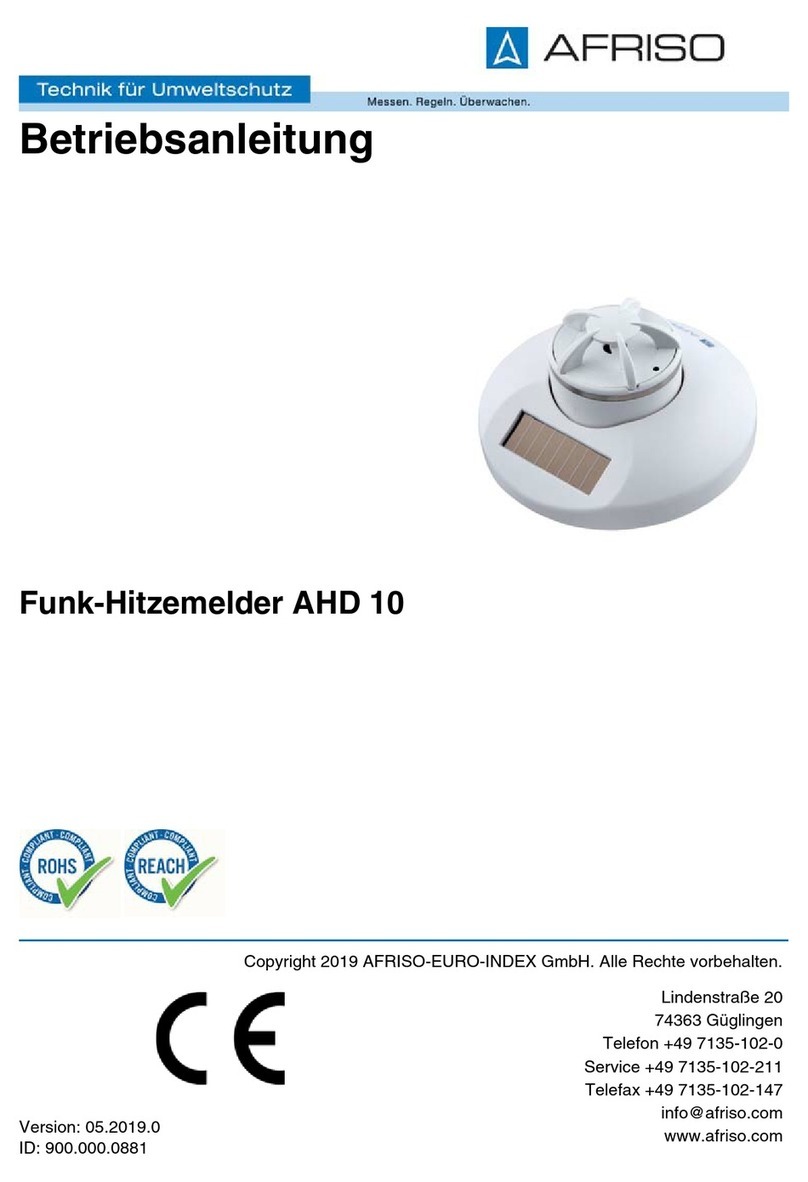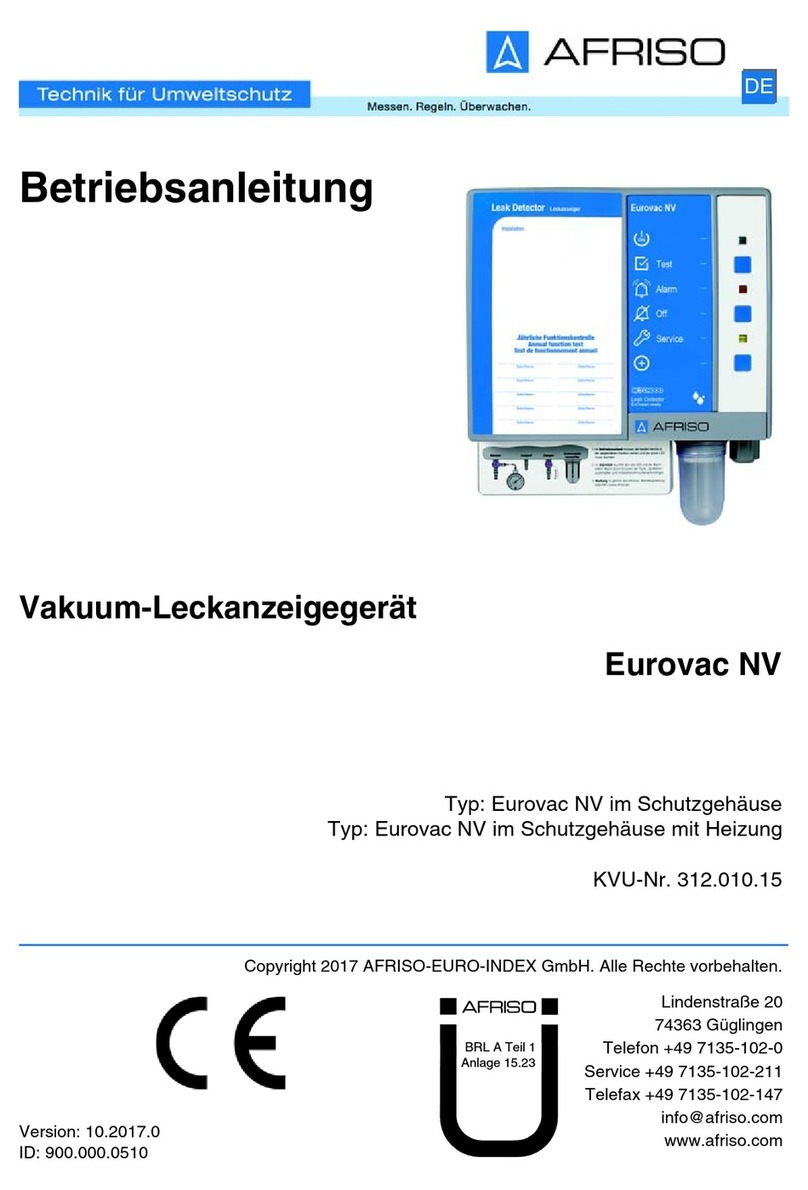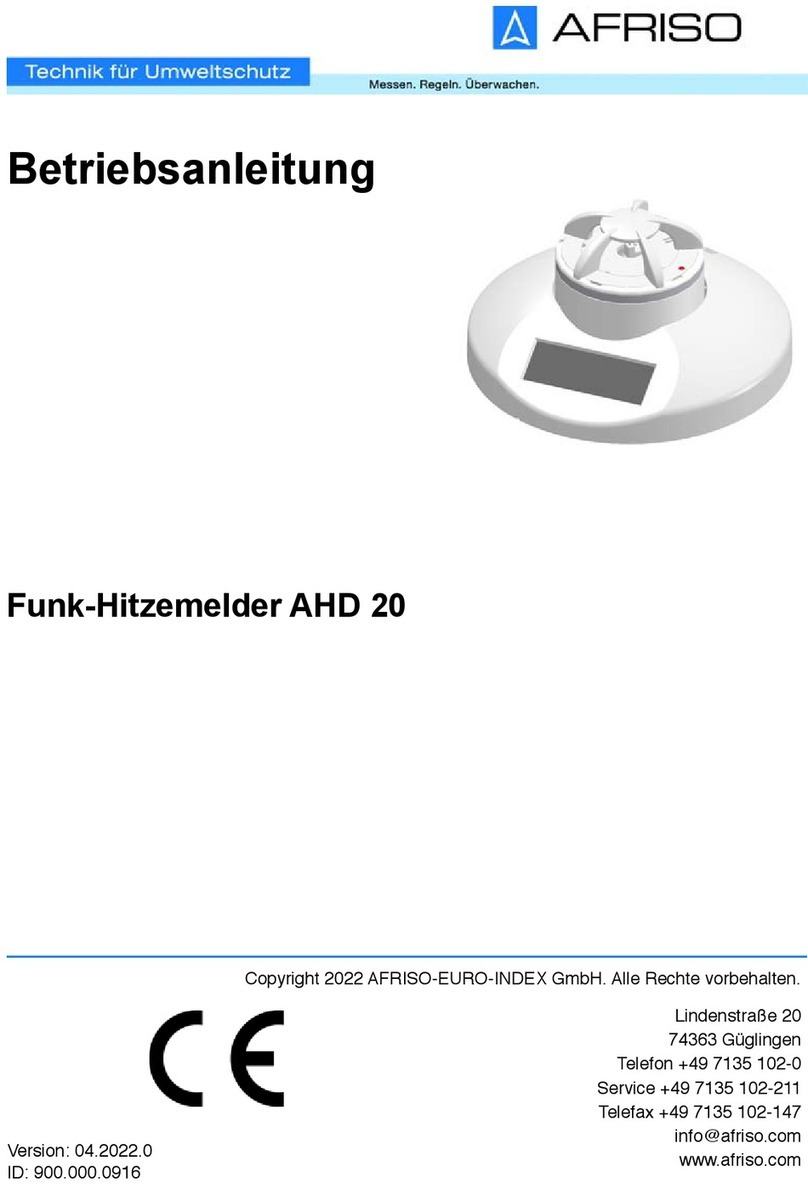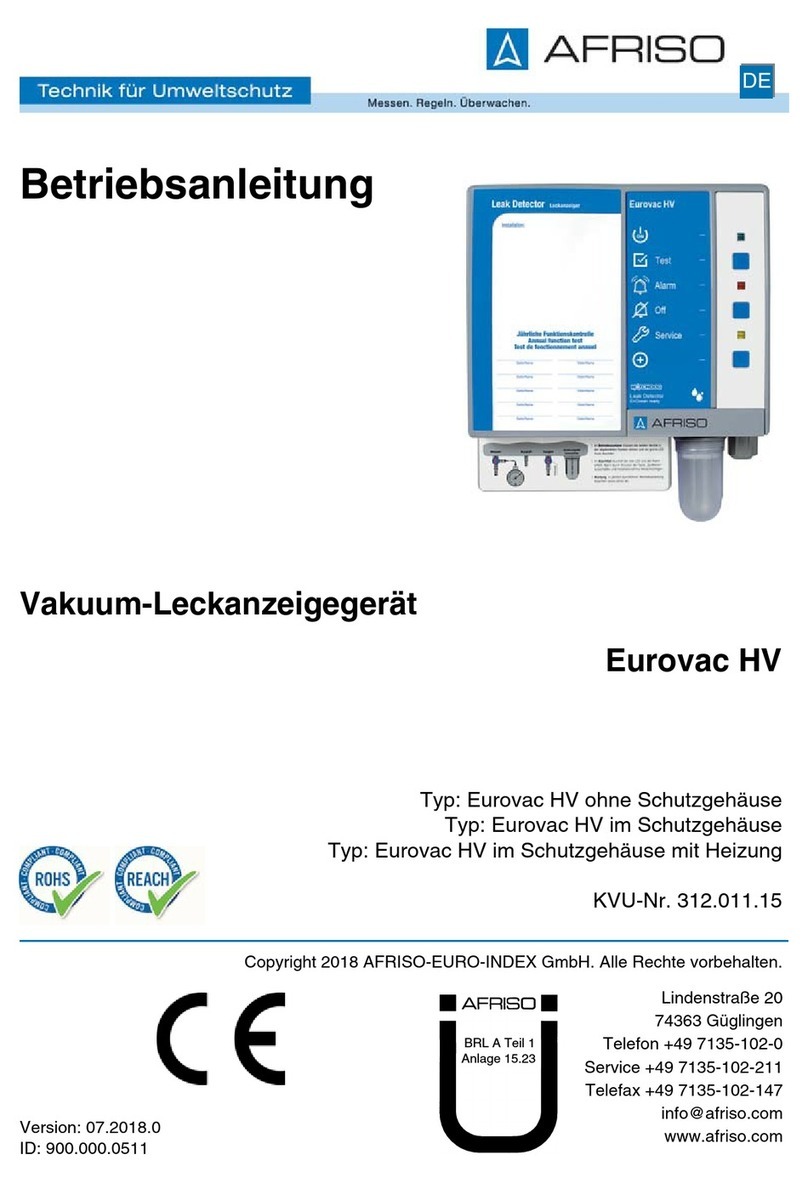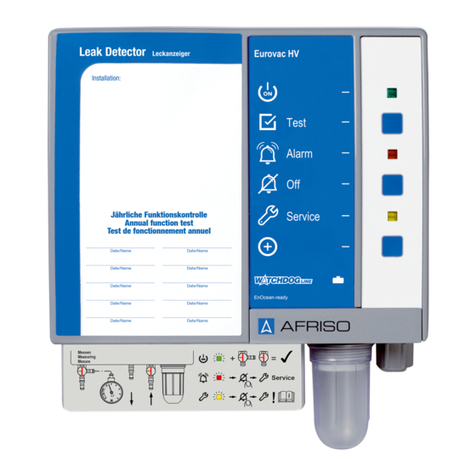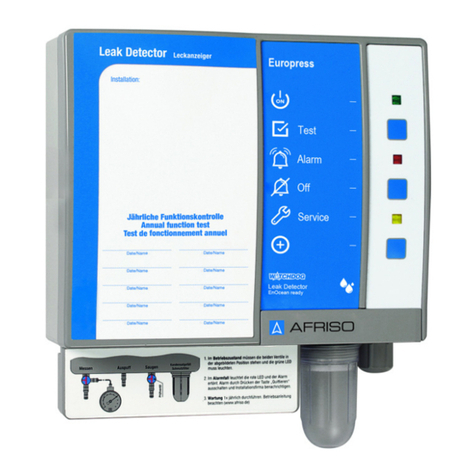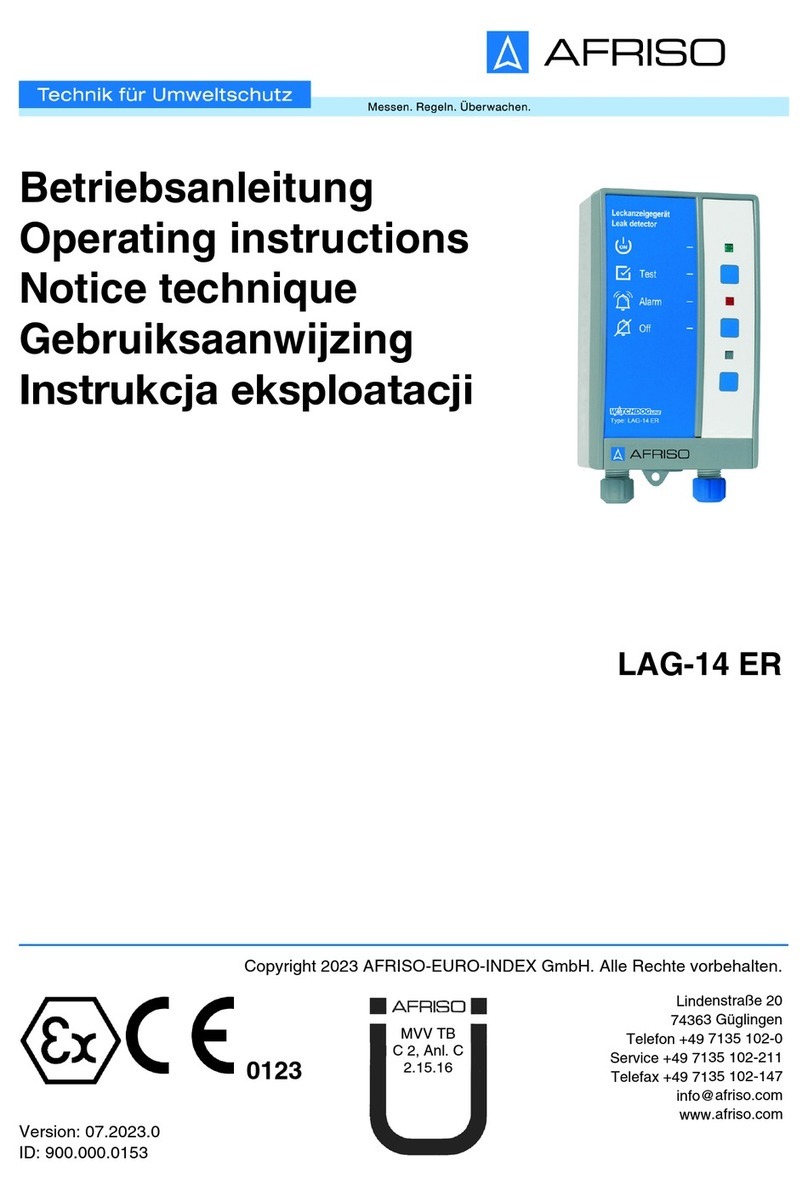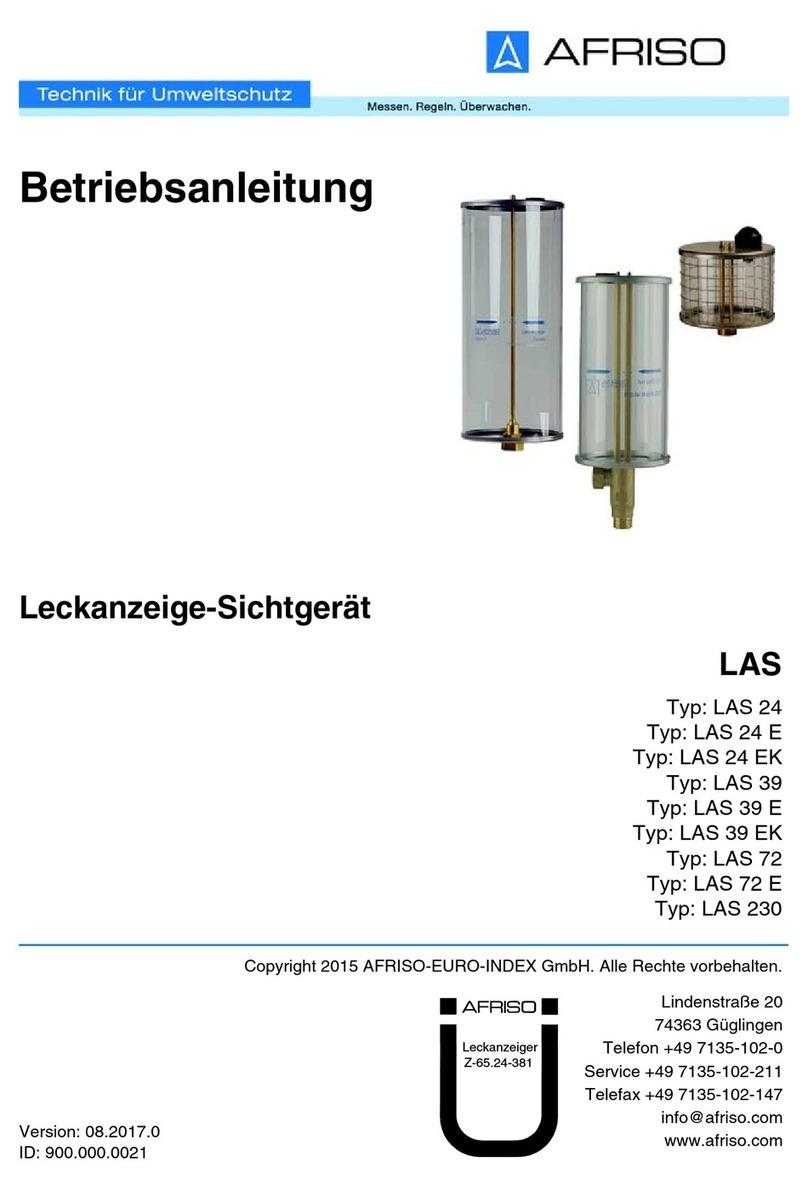
2 Eurovac HV
Contents
1This instruction manual............................................................................................4
1.1 Precautions ..................................................................................................4
1.2 Explanation of symbols and typeface ..........................................................4
2Safety ......................................................................................................................5
2.1 Intended use ................................................................................................5
2.2 Predictable incorrect application..................................................................6
2.3 Safe handling ...............................................................................................6
2.4 Staff qualification..........................................................................................6
2.5 Modifications to the product.........................................................................7
2.6 Usage of spare parts and accessories.........................................................7
2.7 Liability information ......................................................................................7
3Product description..................................................................................................8
3.1 Function........................................................................................................9
3.2 Operating modes..........................................................................................9
3.3 Application examples.................................................................................10
4Technical specifications.........................................................................................11
4.1 Approvals, tests and conformities..............................................................12
5Transport and storage...........................................................................................13
6Mounting and commissioning................................................................................13
6.1 Preparing the tank......................................................................................13
6.2 Preparing mounting....................................................................................14
6.3 Installation site ...........................................................................................15
6.4 Installing the leak detector .........................................................................15
6.5 Electrical connection..................................................................................16
6.6 Hose connections.......................................................................................18
6.7 Valve settings.............................................................................................20
6.8 Commissioning the device.........................................................................20
7Operation...............................................................................................................21
7.1 Alarm condition ..........................................................................................21
7.2 Function test...............................................................................................21
8Maintenance..........................................................................................................23
8.1 Service indication.......................................................................................23
8.2 Maintenance activities................................................................................24
9Troubleshooting.....................................................................................................25
9.1 Evaluation of the pump operating time ......................................................26
10 Shutting down, disposal ........................................................................................27
11 Spare parts and accessories.................................................................................27
